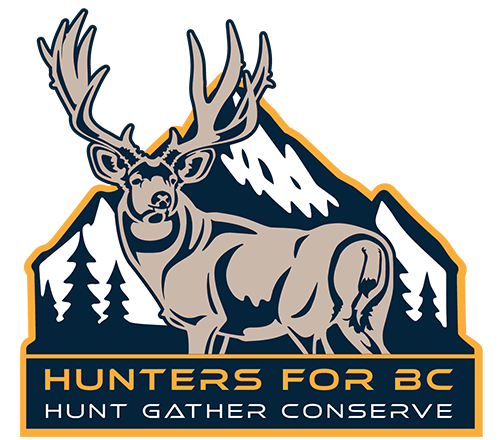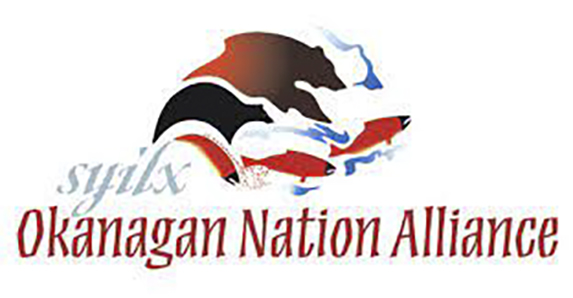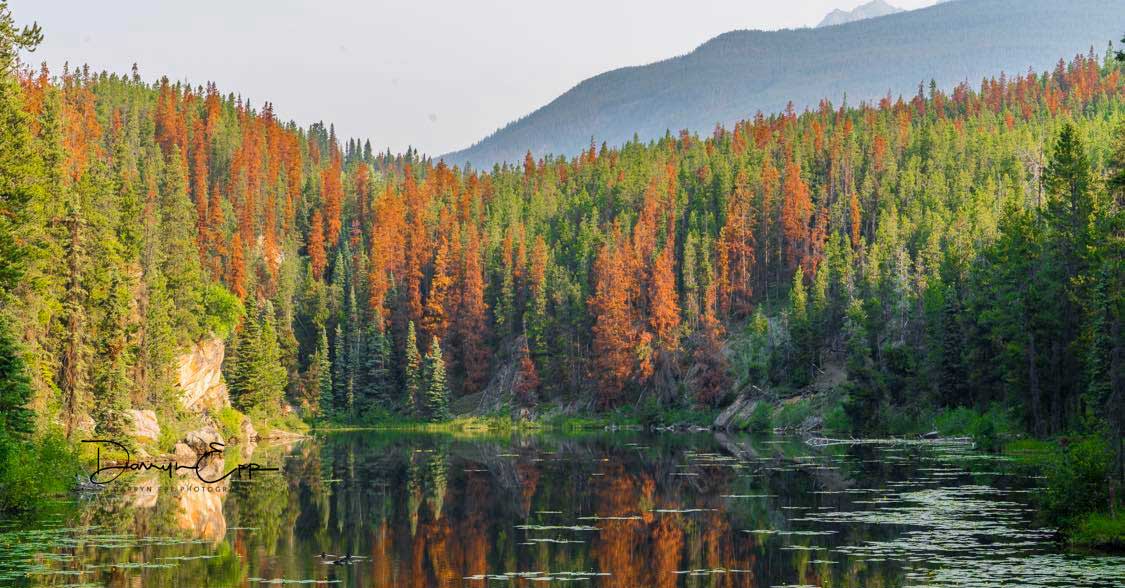
PROJECT LEAD, NEIL FINDLAY, RPF
CARA ADRAIN, MSC, RPBIO
Penasq (Pennask) Road Rehabilitation and Habitat Enhancement Project
Hunters for BC would like to acknowledge that this project area is on the traditional and unceded territory of the Okanagan syilx people. We recognize, honour and respect the presence of Indigenous people, past, present and future.
Partners in Conservation
Introduction
The Penasq’t Road Rehabilitation and Habitat Enhancement Project was developed in response to extensive forest development within the Penasq’t Lake area and the need to mitigate the impacts of Mountain Pine Beetle (MPB)-related forest development activities on critical wildlife habitat. The objectives of the Penasq Project are to rehabilitate temporary forest roads and develop and deliver priority habitat enhancement activities that will benefit ecological, biocultural, and forest values in the Penasq’t Lake area.
MOOSE & MULE DEER HABITAT
In the late 1990s, after several relatively warm winters, a massive Mountain Pine Beetle outbreak resulted in the loss of millions of hectares of pine forest in British Columbia over the next 15 years.
The B.C. government took a range of measures to respond to this outbreak’s effects on forests, communities and industry.
Project Introduction
Pennask Summit and Mountain range is located west of Kelowna along the Okanagan Connector (Hwy 97C). This stretch of highway crosses forested uplands of the Thompson Plateau, and contains wildlife management areas within both Region 3 and Region 8 as identified by Ministry of Forests, Lands & Natural Resource Operations (FLNRO).
A diverse assemblage of wildlife exists in the Pennask consisting of large mammals (ungulates and predators), migratory birds and waterfowl, fur-bearing mammals, and amphibians(1). Several ecologically valuable water features are present in the study area, Pennask Lake itself is an important brood lake for rainbow trout.
The ecosystem of the Pennask is subject to many stressors, both natural, and human-caused. In the recent past, widespread natural disturbance in the form of beetle outbreaks has led to a dramatic transformation of the Pennask landscape and wildlife habitat.

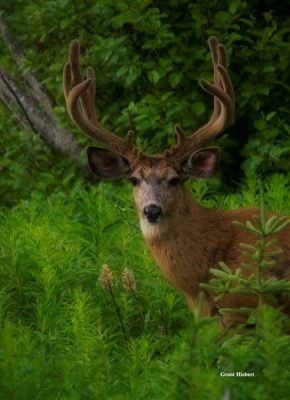
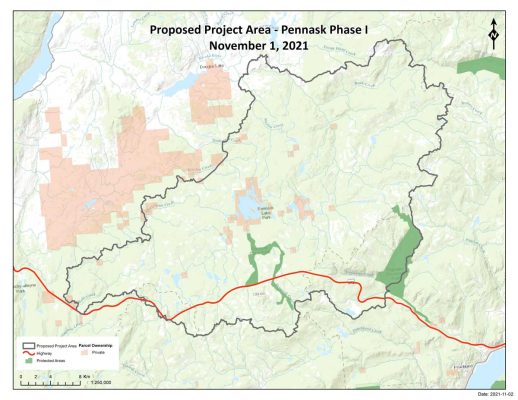
Phase 1 Collaboration and Identifying Key Focus Areas
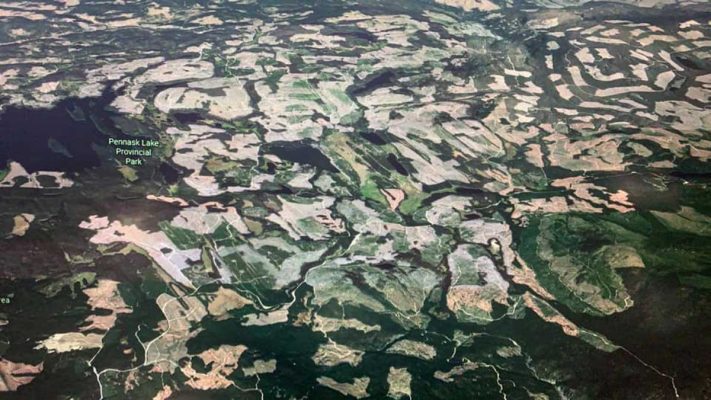 PHASE 1 PROJECT OBJECTIVES
PHASE 1 PROJECT OBJECTIVES- To engage with forest licensees, First Nations, government and stakeholders in planning and assessment of current wildlife habitat through modelling using best available science, local and traditional knowledge;
- To identify highly compromised wildlife habitat, watersheds and other key land features for potential future mitigation efforts. Results of Phase 1 will inform future management and conservation actions leading to Phase 2 and Phase 3.
First Nations + Stakeholders
The Pennask Working Group is actively seeking First Nations involvement during Phase 1. We recognize and respect the constitutionally protected rights of Indigenous peoples. Additionally, we place high value on local and traditional knowledge and engagement during this project development. We are commited to actively seeking input for the protection and enhancement of wildlife, land and water during this process.
As Geographic Information System (GIS) Mapping develops, additional project stakeholders will be invited to participate in indentifying values of access currently in place.Using results of prioritization exercise and stakeholder input, Phase 1 will conclude with project focus areas for Phase II – Developing Plans for Road Mitigation followed by Phase 3 – Implementation.
Phase 2 – Developing Plans for Road Mitigation
- To develop prioritization process with stakeholders, including local and traditional knowledge;
- To review road characteristics and develop access management plans on a road-by-road basis.
- On-ground site evaluations as needed.
Phase 3 – Implementation
- Perform rehabilitation of study areas as identified in Phase 2.
Thank you Global News
Hunting group has plans for logging roads in Pennask area

